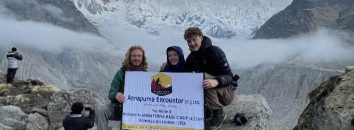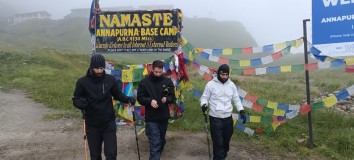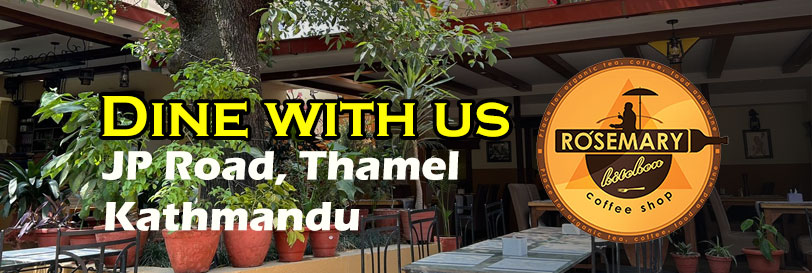Overview And Highlights
Discover one of Nepal’s most remote and untouched Himalayan regions with the Nar Phu Valley Trek, a 12-day journey blending ancient Tibetan culture, breathtaking mountain scenery, and wild high passes. Opened to foreigners only in 2002, the Nar Phu Valley remains a pristine destination far from the crowds of the Annapurna Circuit, offering a unique blend of natural beauty and living heritage.
Nar and Phu are two hidden villages nestled north of the Annapurna range, close to the border with Tibet. The trek begins from the bustling trails of the Annapurna Circuit at Koto, then swiftly veers into a secluded valley carved by the roaring Phu Khola (river). The path ascends through deep gorges, vibrant forests, and sheer cliffs to reveal ancient Buddhist monasteries, centuries-old stone villages, and a dramatic high-mountain landscape dotted with chortens and prayer flags.
Why choose the Nar Phu Valley Trek for 2025 and 2026?
With upgraded local infrastructure, more accessible permits, and growing popularity among trekkers seeking “off-the-beaten-path” adventure, Nar Phu offers the perfect mix of wilderness, culture, and challenge. The region sees far fewer trekkers than the classic Annapurna or Everest routes, ensuring authentic local interactions and unspoiled vistas. The crossing of Kang La Pass (5,320m) is a highlight, delivering panoramic views of Annapurna II, Gangapurna, Tilicho Peak, and the distant Mustang Himal.
Trek highlights include:
-
Exploring the ancient, stone-walled villages of Nar and Phu, with their preserved Tibetan culture.
-
Visiting centuries-old Buddhist monasteries, including the revered Tashi Lhakhang Gompa.
-
Trekking through wild gorges, Himalayan pine forests, yak pastures, and barren high-altitude landscapes.
-
Spectacular views from Kang La Pass, one of the region’s highest and most scenic passes.
-
Observing blue sheep, Himalayan griffons, and rare wildlife in the Nar Phu valley’s untouched ecosystem.
-
Immersing in local hospitality with authentic homestays and teahouses.
Best time to trek:
The ideal seasons are spring (March-May) and autumn (September-November), when the skies are clear, temperatures pleasant, and trails at their most beautiful.
Permits (Updated for 2025-2026):
Nar Phu is a restricted area requiring special permits (Nar Phu Restricted Area Permit and Annapurna Conservation Area Permit), both of which Annapurna Encounter arranges for you.
Who is this trek for?
The Nar Phu Valley Trek is suitable for trekkers with moderate fitness and some high-altitude experience. While not technical, the altitude, remote terrain, and crossing of Kang La Pass demand good health and determination.
If you seek a raw Himalayan adventure away from the crowds—with authentic culture, wild landscapes, and challenging high passes—Nar Phu Valley is the ultimate choice.
Nar Phu Valley Trek – 12 Days Cost Group Pricing (Per Person in USD)
| Group Size | Budget Package | Standard Package | Premium Package |
|---|---|---|---|
| 1 Person (Solo) | $850 | $1,500 | $2,150 |
| 2 People | $750 | $1,350 | $1,900 |
| 3–7 People | $700 | $1,250 | $1,750 |
| 8–12 People | $670 | $1,200 | $1,650 |
| 13–20 People | $640 | $1,150 | $1,550 |
✅ Budget = guide (mandatory), permits (including restricted area), local transport, tea houses, no meals
✅ Standard = meals, porter, 3★ hotels, tourist bus + jeep
✅ Premium = flights/jeeps, 5★ hotels, best lodges, full service
Itinerary Expand All Close All
Early drive along the scenic Marsyangdi River, passing Besi Sahar and continuing on a rough jeep road through deep gorges to Koto, the gateway to Nar Phu.
Food
BLD
Accomodation
Teahouse
Elevation
2600
Enter the restricted area. Walk through dense pine and rhododendron forests, crossing several suspension bridges and narrow canyons, then ascend to the open meadows of Meta.
Food
BLD
Accomodation
Teahouse
Elevation
3560
Continue along the rugged valley with dramatic mountain vistas. Pass unique rock formations, chortens, and the small settlement of Kyang before reaching Phu, a fortress-like village.
Food
BLD
Accomodation
Teahouse
Elevation
4080
Rest and acclimatize. Explore Phu village, visit Tashi Lhakhang Monastery, and experience traditional Tibetan-influenced culture.
Food
BLD
Accomodation
Teahouse
Elevation
4080
Descend back along the trail to the turnoff for Nar, overnighting at the monastic outpost of Nar Phedi.
Food
BLD
Accomodation
Teahouse
Elevation
3490
A short but steep ascent brings you to the isolated Nar village, set amidst stunning barley fields and ancient chortens.
Food
BLD
Accomodation
Teahouse
Elevation
4110
Explore Nar’s monasteries, stone houses, and interact with locals. Prepare for the next day’s high pass crossing.
Food
BLD
Accomodation
Teahouse
Elevation
4110
Start before dawn to ascend the challenging Kang La Pass. Enjoy breathtaking Himalayan panoramas before descending to Ngawal on the main Annapurna Circuit.
Food
BLD
Accomodation
Teahouse
Elevation
5320
Easy walk along the upper route to the picturesque town of Manang, a hub for trekkers with cafes and bakeries.
Food
BLD
Accomodation
Teahouse
Elevation
3540
Descend through lush forests and traditional villages to Chame, enjoying the changing landscapes.
Food
BLD
Accomodation
Teahouse
Elevation
2670
A scenic drive along the Marsyangdi river valley brings you to Besisahar, gateway to the Annapurna region.
Food
BLD
Accomodation
Teahouse
Final drive back to Kathmandu. Trip ends. or Pokhara
Food
BL
Accomodation
Hotel
Elevation
1350
Services Included on Price
Cost Includes
- Accommodation
- Tea house/lodge stays on trek (basic, twin-sharing)
- Transport
- Local bus Kathmandu → Besisahar
- Local jeep Besisahar → Koto (trek start)
- Local jeep exit point → Besisahar
- Local bus Besisahar → Kathmandu
- Airport pick-up in Kathmandu
- Meals
- Not included – trekkers pay directly at lodges
- Guide & Porter
- Licensed, English-speaking trekking guide (mandatory for restricted area)
- No porter service (optional at extra cost)
- Permits & Fees
- Annapurna Conservation Area Permit (ACAP)
- TIMS card
- Nar & Phu Restricted Area Permit
- Extras
- Pre-trek briefing
- Basic first aid kit with guide
Cost Excludes
- Meals in Kathmandu, Pokhara & during trek
- Hotel accommodation in Kathmandu & Pokhara
- Porter service (optional)
- Personal trekking gear (jacket, poles, sleeping bag, etc.)
- Hot showers, Wi-Fi, charging in lodges (paid locally)
- Travel insurance (mandatory)
- International airfare & Nepal visa fees
- Alcohol, bottled water, snacks
- Tips for guide, porter, driver
- Costs due to delays/weather/natural disasters
Standard Package Service Excludes
- Accommodation
- 2 nights in 3★ hotel in Kathmandu with breakfast
- Tea house/lodge stays during trek (twin-sharing)
- Transport
- Tourist bus Kathmandu → Besisahar / return Besisahar → Kathmandu
- Private jeep Besisahar → Koto (trek start) / return trek end → Besisahar
- Airport transfers in Kathmandu
- Meals
- Breakfast in Kathmandu hotel
- All meals during trek (breakfast, lunch, dinner with tea/coffee)
- Guide & Porter
- Licensed, English-speaking trekking guide
- Porter service (1 porter for 2 trekkers, 15–20 kg)
- Permits & Fees
- Annapurna Conservation Area Permit (ACAP)
- TIMS card
- Nar & Phu Restricted Area Permit
- Extras
- Pre-trek briefing
- First aid kit with oximeter
Standard Package Service Excludes
- Lunch & dinner in Kathmandu
- Personal trekking equipment (rentable in Kathmandu)
- Hot showers, Wi-Fi, charging in lodges (paid locally)
- Travel insurance
- International airfare & Nepal visa fees
- Alcohol, bottled water, snacks
- Tips for guide, porter, driver
- Extra costs due to delays/weather
Luxury Package Service Includes
- Accommodation
- 2 nights in 4–5★ hotel in Kathmandu with breakfast
- Best available lodges during trek (attached bathroom where possible)
- Transport
- Private jeep Kathmandu → Koto (skip local bus)
- Private jeep return trek end → Kathmandu
- Luxury transfers in Kathmandu
- Welcome & farewell dinners in Kathmandu
- Meals
- All meals during trek with wide menu options
- Breakfast in Kathmandu hotel
- Welcome & farewell cultural dinners
- Guide & Porter
- Senior trekking guide (restricted area experienced)
- Porter service (20–25 kg per porter)
- Staff insurance included
- Permits & Fees
- Annapurna Conservation Area Permit (ACAP)
- TIMS card
- Nar & Phu Restricted Area Permit
- Extras
- Loaner trekking gear (sleeping bag, down jacket, trekking poles)
- Emergency evacuation coordination (insurance required)
- Daily health monitoring with oximeter
- Cultural sightseeing assistance in Kathmandu
Luxury Package Service Excludes
- International airfare
- Nepal visa fees
- Comprehensive travel insurance
- Personal expenses (souvenirs, laundry, phone calls)
- Alcohol, bottled water, soft drinks
- Tips for guide, porter, driver
- Optional upgrades (helicopter, single supplement)
- Costs due to delays/weather/natural disasters
Nar Phu Valley Trek 12 Days Altitude Profile
FAQs
A remote, off‑beat trekking route in the Annapurna region offering ancient Tibetan villages, high passes (like Kang La at ~5,320 m), dramatic gorges and forested terrain.
The standard itinerary spans 12 days, though it can be extended to 13–15 days depending on optional hikes or add-ons.
The trek is rated moderate to strenuous, involving steep ascents/descents, rugged trails, and high altitude—prior trekking experience and good fitness are recommended.
Kang La Pass at around 5,320 m (17,460 ft), offering panoramic Himalayan views
Spring (March–May) and Autumn (September–November) offer stable weather and clear skies. The trail lies in a partial rain shadow, making summer (monsoon) possible albeit with potential road disruptions.
Trekking requires an ACAP, and a Nar/Phu Restricted Area Permit. Permit fees vary by season (e.g., USD 100 for first 7 days in peak season, then USD 15/day)
Yes. This is a restricted area—trekkers must use a licensed guide, and permits cannot be issued otherwise
Yes—and highly recommended to ease your load along rugged terrain and moderate elevation gain.
Simple tea‑houses and lodges are available throughout, and you’ll sleep in a monastery at Nar Phedi. Facilities become more basic at higher elevation.
Standard Himalayan fare such as Dal Bhat, noodles, soups, and momos. Meals are filling and familiar, though limited in high altitudes.
Yes, particularly around Kang La. The itinerary includes acclimatization and rest days to help mitigate risks
The full trek covers roughly 75–80 km (47–50 miles) over 12 days, excluding optional side excursions.
Very limited. Cash in Nepali rupees is essential; ATMs are available only at district towns like Besi Sahar or Jomsom.
Electricity or solar charging is available in most lodges, but expect two-pin plugs. Carry a converter or portable power bank for higher camps.
Trekking is possible solo only with a licensed guide—solo female trekkers should opt for agency support for safety and logistics.
Essentials include layered clothing (thermal/wind layers), trekking boots, sleeping bag (-10°C comfort rating), trekking poles, water purification, first‑aid kit, sunglasses, hat and gloves.
Yes. The trails have been restored since 2015 and are fully accessible. However, carry basic medical supplies as facilities are limited.
The area is known for blue sheep, Himalayan tahr, and the elusive snow leopard in rare sightings within the Nar Phu Conservation zones.
Absolutely. Agencies can adjust it to include optional hikes like Himlung or Tilicho Lake, or vary rest days and exit routes.
Trekking costs range from USD 1,000–1,500 per person based on group size, inclusions, and season—typically covering transportation, guide, porter, accommodation and meals.

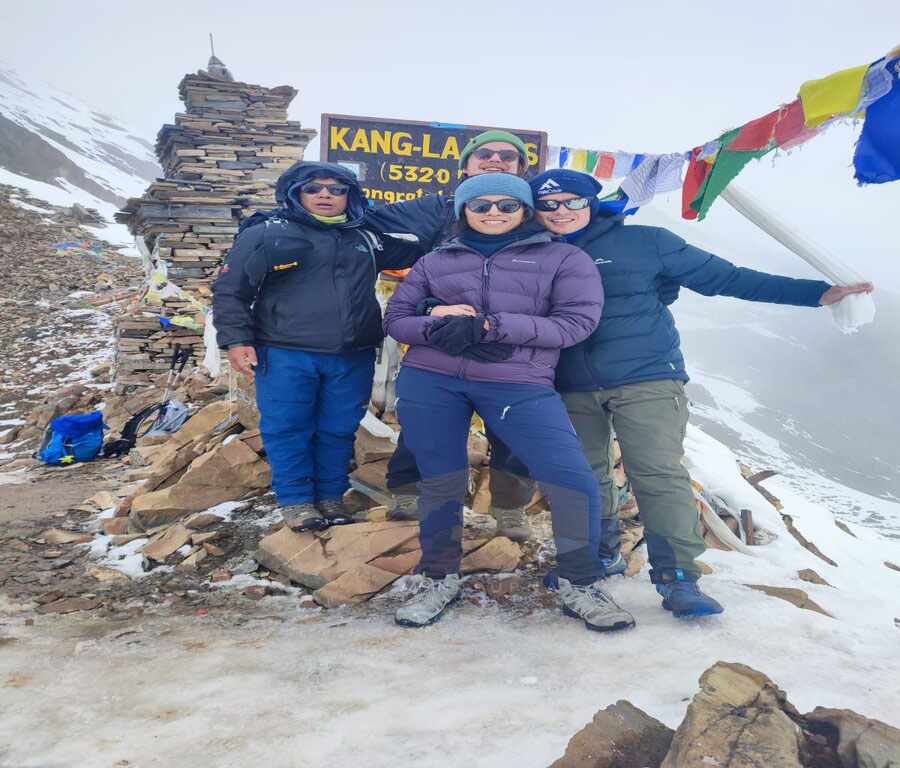
.jpg)
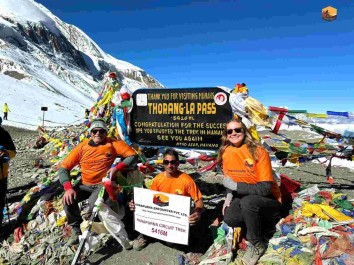
-1.jpg)
.jpg)

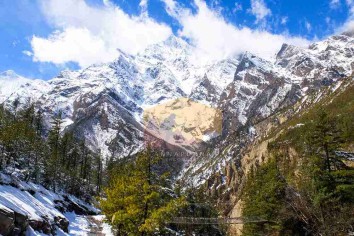
.jpg)
.jpg)
_11zon.jpg)
_11zon.jpg)
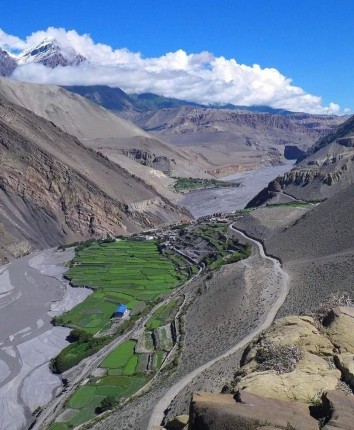
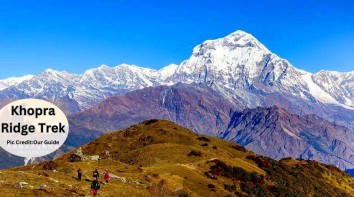
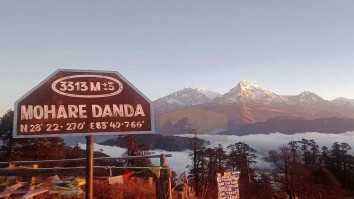
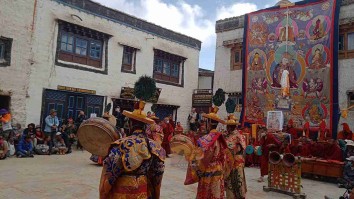

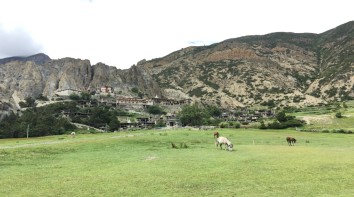
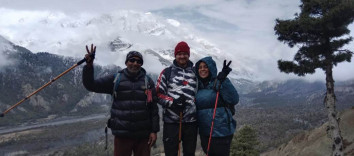
.jpg)
